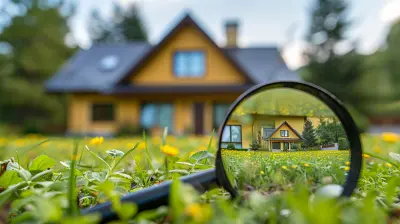Why Green Homes Are More Than a Passing Trend in Real Estate
16 June 2025
Sustainability is no longer just a buzzword—it’s a way of life. As people become more conscious of their environmental impact, the real estate industry has been undergoing a significant shift. Green homes aren’t just a fad; they’re here to stay.
With rising energy costs, climate change concerns, and government incentives, eco-friendly homes are becoming the new norm. But why exactly are green homes gaining traction? Let’s break it down.
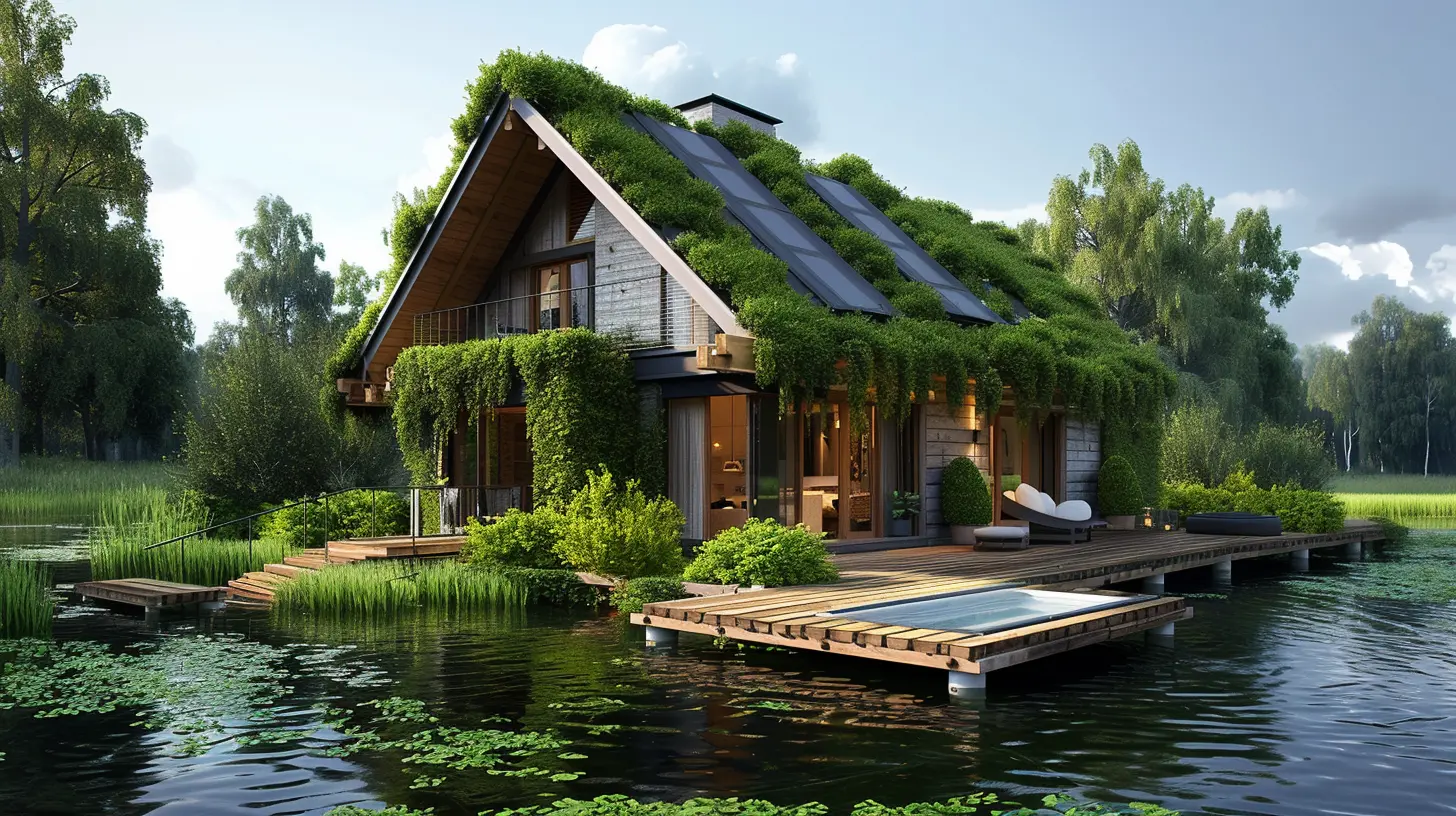
What Defines a Green Home?
Before diving into why green homes are more than just a trend, let’s first define what makes a home "green." A green home is designed and built to be energy-efficient, environmentally friendly, and sustainable. These homes use innovative building materials, energy-efficient appliances, and smart technologies to reduce their carbon footprint.Some key features of green homes include:
- Energy-efficient windows and insulation (to prevent heat loss and reduce energy consumption)
- Solar panels (to harness renewable energy from the sun)
- Smart thermostats and lighting systems (to optimize energy use)
- Sustainable building materials (such as bamboo flooring and recycled steel)
- Water-saving fixtures (like low-flow toilets and rainwater harvesting systems)
Now that we know what makes a home green, let’s dive into why they’re rapidly becoming the future of real estate.
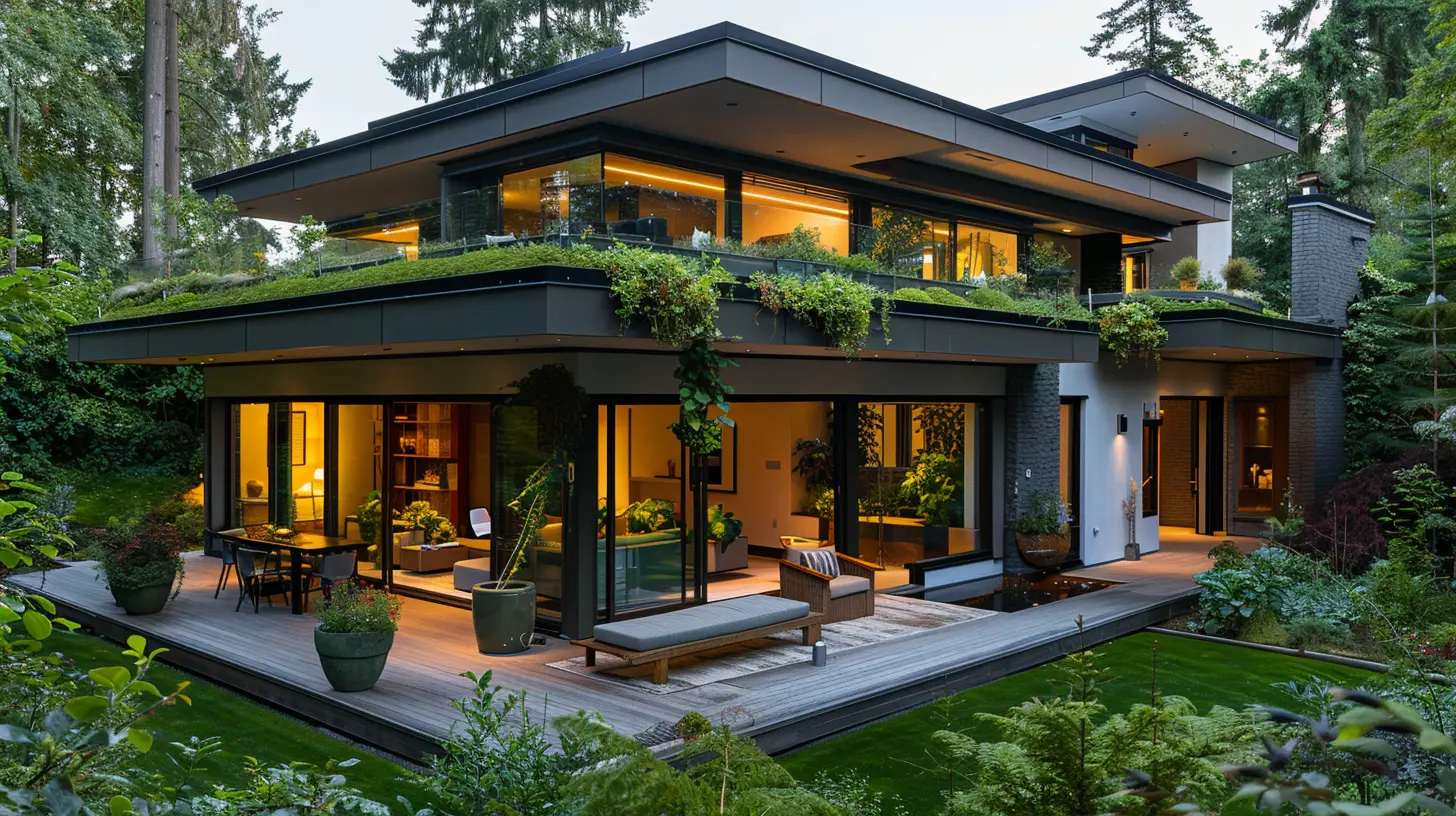
Rising Demand for Sustainability in Housing
1. Homebuyers Want Energy Efficiency
Utility bills are skyrocketing, and buyers are looking for homes that help them save money in the long run. Green homes significantly reduce electricity and water consumption, translating to lower monthly expenses.Think about it—would you rather pay hundreds of dollars a month on electricity, or live in a home that slashes those costs with smart energy solutions? The choice is obvious, and buyers are catching on.
2. Government Incentives Make Green Homes More Attractive
Many governments around the world are offering tax credits, rebates, and incentives to encourage environmentally friendly homeownership. Programs such as:- Federal tax credits for solar panels
- Rebates for installing energy-efficient appliances
- Property tax reductions for eco-friendly home upgrades
These incentives make green homes even more affordable, pushing more buyers to consider sustainability when purchasing property.
3. Millennials and Gen Z Are Driving the Shift
Younger generations are more environmentally conscious than ever. Millennials and Gen Z aren’t just looking for a home—they want one that aligns with their values.A home that reduces waste, conserves energy, and promotes sustainability is a major selling point for these younger buyers. Since they make up a significant portion of today’s housing market, real estate developers have no choice but to adapt.
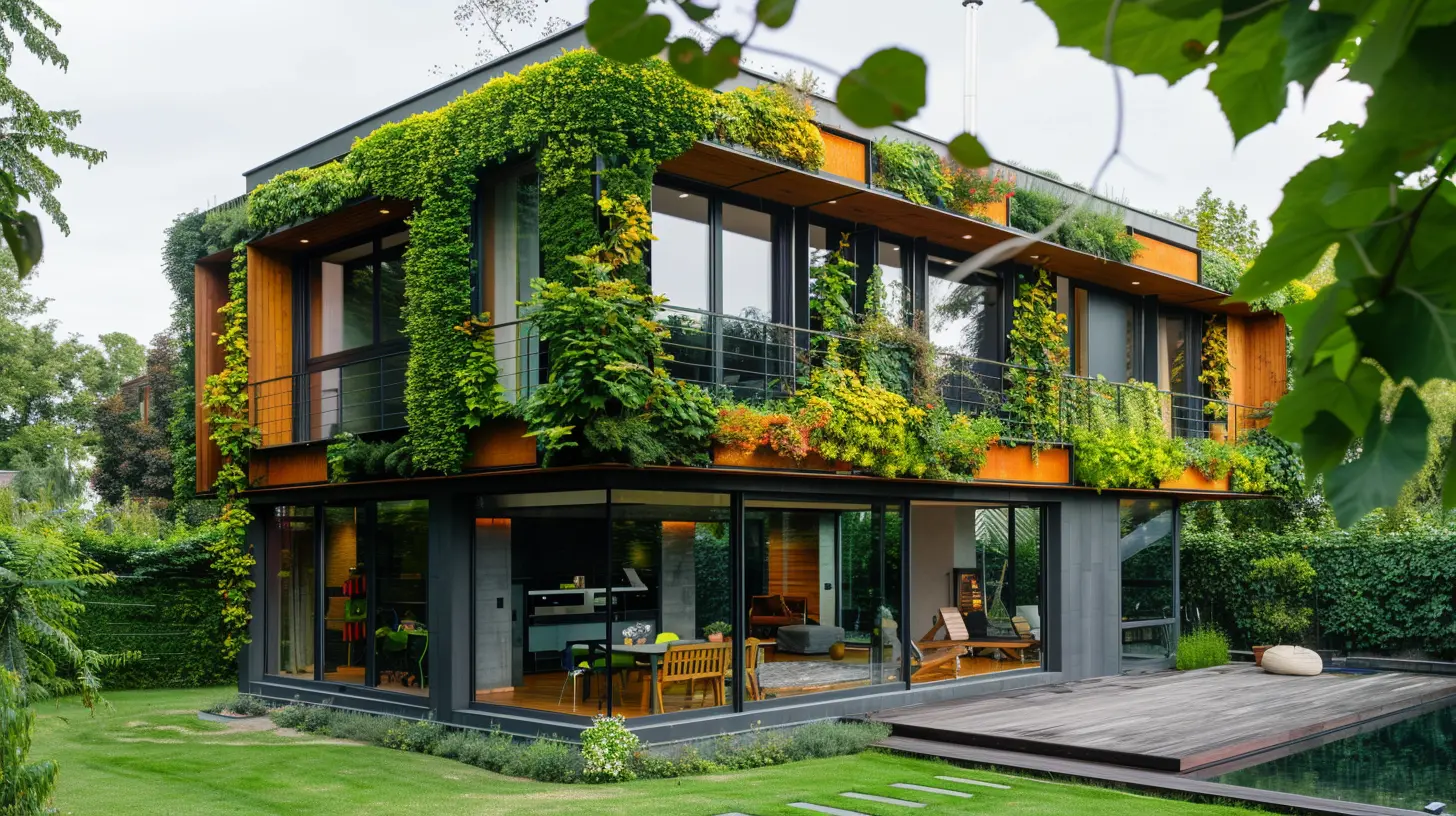
The Financial Benefits of Green Homes
1. Lower Utility Costs
One of the biggest advantages of a green home is reduced energy consumption. Homes equipped with solar panels, energy-efficient appliances, and smart tech can cut utility bills by up to 30-50%.Imagine the savings over time. A homeowner paying $200 a month on utilities could cut that to $100 or less, resulting in thousands of dollars in long-term savings.
2. Higher Property Value
Homes that incorporate green technology and sustainability features tend to have higher resale values. Studies show that buyers are willing to pay a premium for a home that’s energy-efficient.This means that homeowners investing in green upgrades today are setting themselves up for a more profitable sale down the road.
3. Lower Maintenance Costs
Green homes often use durable, sustainable materials that require less maintenance. Traditional homes may need frequent repairs due to wear and tear, but eco-friendly materials like bamboo or recycled metal are designed to last longer with minimal upkeep.So, not only do green homes cut down on utility costs, but they also save homeowners money on repairs and maintenance.
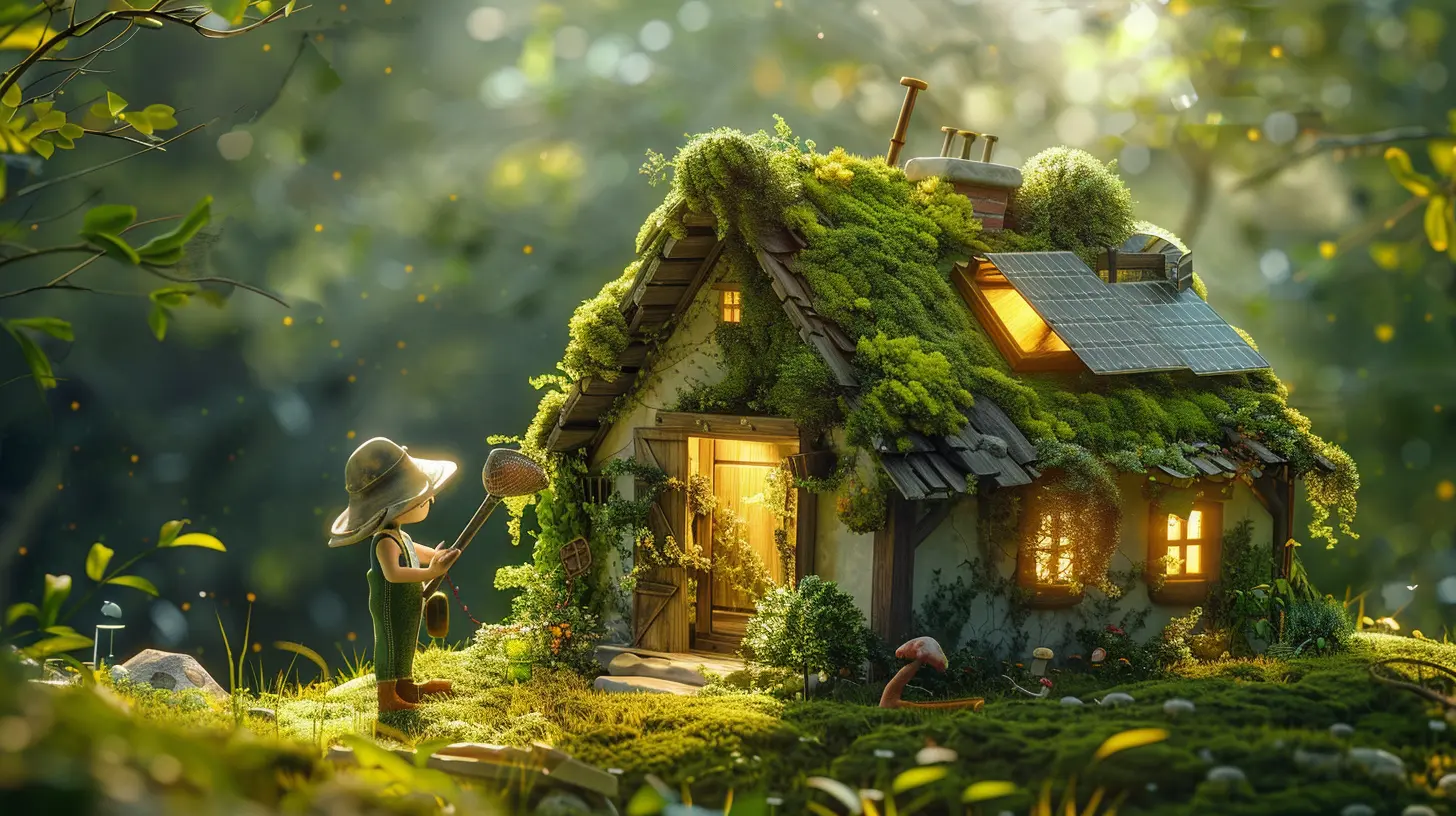
The Environmental Impact of Green Homes
1. Reduced Carbon Footprint
Residential buildings contribute significantly to global carbon emissions. Green homes drastically reduce this footprint by incorporating renewable energy sources and energy-efficient designs.By using solar panels, LED lighting, and proper insulation, homeowners can significantly cut back on their reliance on fossil fuels.
2. Less Water Waste
Traditional homes often waste thousands of gallons of water due to inefficient plumbing and outdated appliances. Green homes tackle this issue with low-flow fixtures, rainwater harvesting, and smart irrigation systems.For homeowners in drought-prone areas, this can make a huge difference both financially and environmentally.
3. Healthier Living Spaces
Green homes aren’t just good for the environment—they’re good for your health too. Eco-friendly homes often use non-toxic building materials, improving indoor air quality and reducing exposure to harmful chemicals.Better air circulation, lower humidity levels, and fewer pollutants contribute to fewer allergies, respiratory issues, and overall better well-being.
Myths About Green Homes Debunked
1. Green Homes Are Too Expensive
It’s a common misconception that eco-friendly homes are unaffordable. While the initial investment may be slightly higher, the long-term savings on utility bills, maintenance, and potential tax incentives make it financially beneficial in the long run.2. Green Homes Are Hard to Maintain
In reality, green homes are designed to require less maintenance than traditional homes. Energy-efficient appliances last longer, and sustainable materials are generally more durable than standard building materials.3. Green Features Are Just a Gimmick
Some skeptics think that green homes are just a marketing strategy. But the truth is, energy-efficient homes provide real financial and environmental benefits. They’re backed by data showing reduced energy consumption, lower carbon emissions, and healthier living conditions.
The Future of Green Homes in Real Estate
The shift toward sustainability isn’t slowing down. In fact, it’s accelerating. With stricter environmental regulations, increasing energy costs, and stronger demand for eco-friendly living, green homes are set to become the new standard rather than the exception.Developers are already incorporating sustainability into new housing projects, and smart home technology is making it easier for homeowners to reduce their ecological footprint.
For anyone buying a home in today’s market, going green is not just an option—it’s a smart investment.
Final Thoughts
Green homes aren’t just a passing trend; they’re the future of real estate. With financial savings, environmental benefits, and increasing buyer demand, it’s clear that sustainability isn’t going anywhere.If you’re in the market for a home, considering a green property might be one of the best decisions you ever make—for both your wallet and the planet.
all images in this post were generated using AI tools
Category:
Green HomesAuthor:

Lydia Hodge
Discussion
rate this article
2 comments
Rosanna Cox
Green homes represent a sustainable shift in real estate, offering long-term benefits like energy efficiency and lower utility costs. Their growing popularity reflects a commitment to eco-friendly living.
June 19, 2025 at 5:00 AM

Lydia Hodge
Absolutely! Green homes not only promote sustainability but also enhance living quality through energy savings and eco-conscious design. Their rise in popularity underscores a lasting commitment to a healthier planet.
Soliel Bellamy
Green homes reflect sustainable living's growing importance.
June 18, 2025 at 10:54 AM

Lydia Hodge
Absolutely! Green homes are essential for fostering sustainability and addressing climate challenges, making them a vital aspect of modern real estate.
